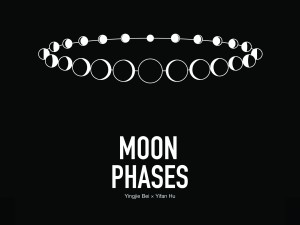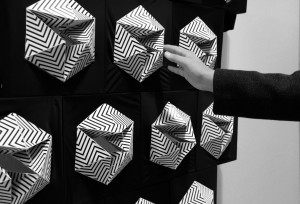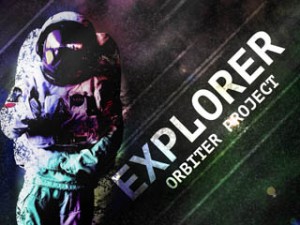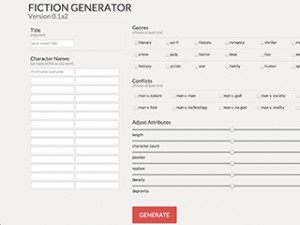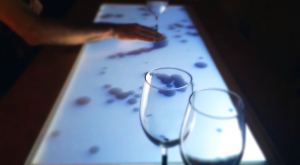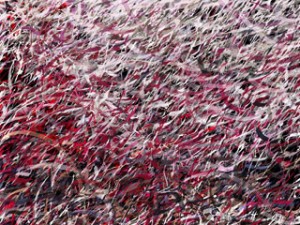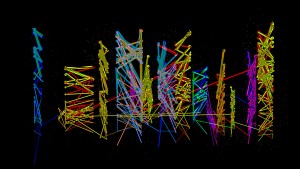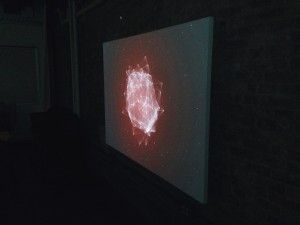Yingjie Bei, Yifan Hu
Moon Phases is a project in which users can input a date and they are able to see the moon’s phase of the date through a physical installation and computer screen, which is both educational and poetic.
http://www.yifanhunyc.com/?cat=1
Description
Moon Phases is a project in which users can input a date and they are able to see the moon’s phase of the date through a physical installation and computer screen, which is both educational and poetic.
The center of the installation is a 4’’ moon sphere made by cement. At the outer circle of the moon sphere, there is a flashlight connected with the gear under the surface, which affects the changing of the moon’s phase.
Users are able to see the corresponding moon phase while inputing the date through three knobs(which stands for year, month and day respectively) on the panel. Also, there is a row of 8×8 LED matrix that displays the date that was input.
On the surface of the project, there are laser etched related informations – lunar month and names of the moon phase.
We think the changing process of the moon phase is beautiful logically and aesthetically. It is not only reflected in the complicated astronomy system and the passage of time, but also in the interpretation of human beings. For example, in my country China, there are a lot Chinese ancient poems about moon and moon phases. We were thinking about adding some specific cultural meaning to it. But we decided to do without it, because we do not want to limit the context and the imagination of viewer, especially those who do not come from the culture we present.
We want to create a experience of crossing the time and space dimensions for viewers through a easy interaction(three knobs). At the same time, inspire the viewer to think of the time, the world and universe that we live in.
Classes
Introduction to Computational Media, Introduction to Computational Media, Introduction to Physical Computing, Materials and Making Things by Hand

